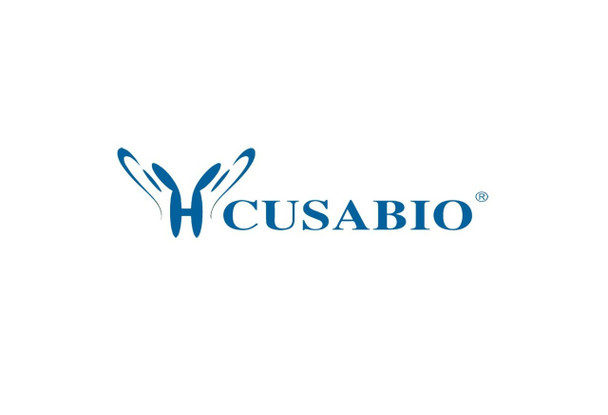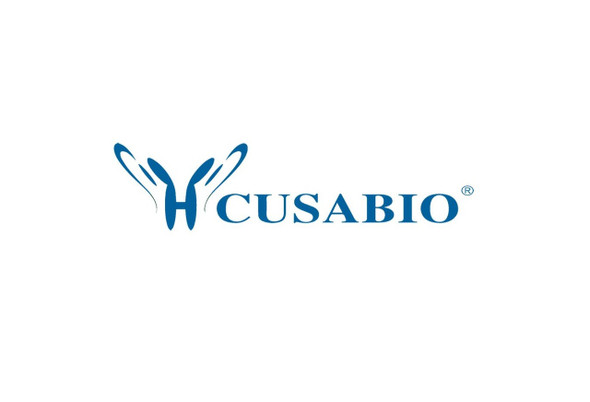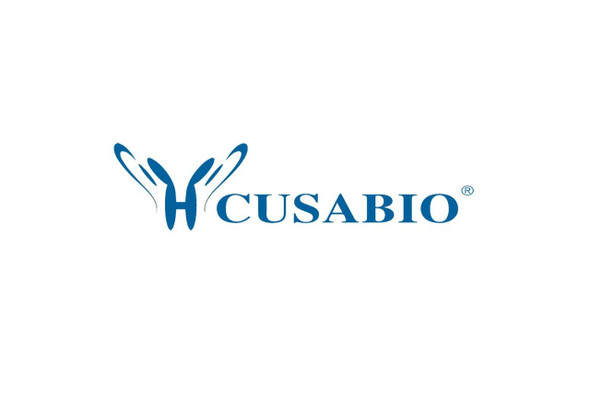Cusabio Virus & Bacteria Recombinants
Recombinant Human respiratory syncytial virus A Major surface glycoprotein G (G), partial | CSB-BP365937HPO
- SKU:
- CSB-BP365937HPO
- Availability:
- 28 - 38 Working Days
Description
Recombinant Human respiratory syncytial virus A Major surface glycoprotein G (G), partial | CSB-BP365937HPO | Cusabio
Alternative Name(s): Attachment glycoprotein GMembrane-bound glycoprotein (mG)
Gene Names: G
Research Areas: Others
Organism: Human respiratory syncytial virus A (strain A2)
AA Sequence: HKVTPTTAIIQDATSQIKNTTPTYLTQNPQLGISPSNPSEITSQITTILASTTPGVKSTLQSTTVKTKNTTTTQTQPSKPTTKQRQNKPPSKPNNDFHFEVFNFVPCSICSNNPTCWAICKRIPNKKPGKKTTTKPTKKPTLKTTKKDPKPQTTKSKEVPTTKPTEEPTINTTKTNIITTLLTSNTTGNPELTSQMETFHSTSSEGNPSPSQVSTTSEYPSQPSSPPNTPRQ
Source: Baculovirus
Tag Info: N-terminal 10xHis-tagged and C-terminal Myc-tagged
Expression Region: 67-298aa
Sequence Info: Partial
MW: 29.3 kDa
Purity: Greater than 85% as determined by SDS-PAGE.
Relevance: Attaches the virion to the host cell mbrane by interacting with heparan sulfate, initiating the infection. Interacts with host CX3CR1, the receptor for the CX3C chokine fractalkine, to modulate the immune response and facilitate infection. Unlike the other paramyxovirus attachment proteins, lacks both neuraminidase and hagglutinating activities.Secreted glycoprotein G helps RSV escape antibody-dependent restriction of replication by acting as an antigen decoy and by modulating the activity of leukocytes bearing Fcgamma receptors.
Reference: The RSV F and G glycoproteins interact to form a complex on the surface of infected cells.Low K.W., Tan T., Ng K., Tan B.H., Sugrue R.J.Biochem. Biophys. Res. Commun. 366:308-313(2008)
Storage: The shelf life is related to many factors, storage state, buffer ingredients, storage temperature and the stability of the protein itself. Generally, the shelf life of liquid form is 6 months at -20?/-80?. The shelf life of lyophilized form is 12 months at -20?/-80?.
Notes: Repeated freezing and thawing is not recommended. Store working aliquots at 4? for up to one week.
Function: Attaches the virion to the host cell membrane by interacting with heparan sulfate, initiating the infection. Interacts with host CX3CR1, the receptor for the CX3C chemokine fractalkine, to modulate the immune response and facilitate infection. Unlike the other paramyxovirus attachment proteins, lacks both neuraminidase and hemagglutinating activities.; FUNCTION
Involvement in disease:
Subcellular Location: Virion membrane, Host cell surface, SUBCELLULAR LOCATION: Isoform Secreted glycoprotein G: Secreted
Protein Families: Pneumoviruses glycoprotein G family
Tissue Specificity:
Paythway:
Form: Liquid or Lyophilized powder
Buffer: If the delivery form is liquid, the default storage buffer is Tris/PBS-based buffer, 5%-50% glycerol. If the delivery form is lyophilized powder, the buffer before lyophilization is Tris/PBS-based buffer, 6% Trehalose, pH 8.0.
Reconstitution: We recommend that this vial be briefly centrifuged prior to opening to bring the contents to the bottom. Please reconstitute protein in deionized sterile water to a concentration of 0.1-1.0 mg/mL.We recommend to add 5-50% of glycerol (final concentration) and aliquot for long-term storage at -20?/-80?. Our default final concentration of glycerol is 50%. Customers could use it as reference.
Uniprot ID: P03423
HGNC Database Link: N/A
UniGene Database Link: N/A
KEGG Database Link: N/A
STRING Database Link: N/A
OMIM Database Link: N/A









